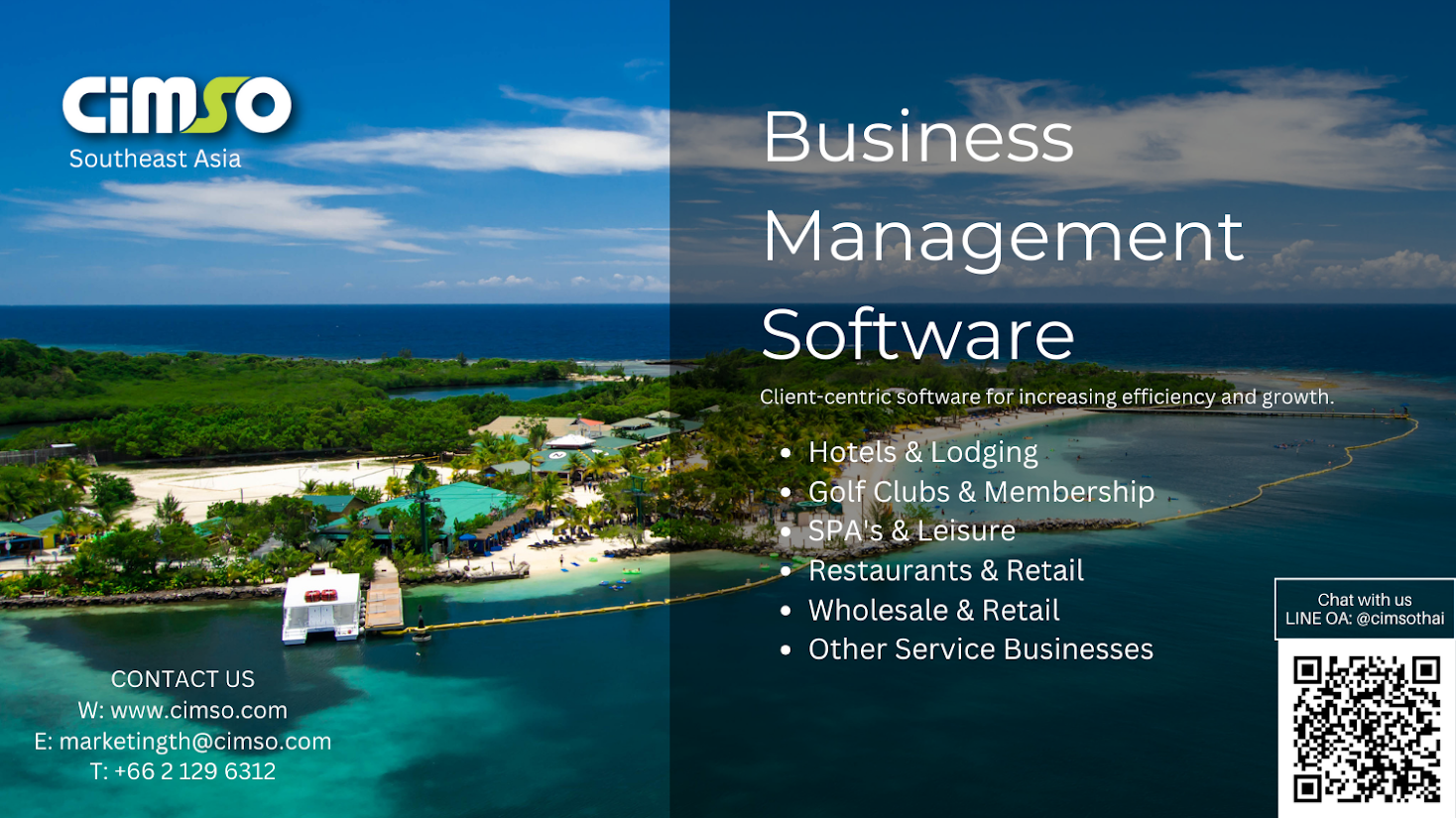Implementing an ERP system is a big step toward improving your business efficiency, but it requires a clear, well-structured approach. With CiMSO ERP and the PRINCE2 project management methodology, you can ensure a smooth, efficient, and timely roll-out of your new system. This guide breaks down the three key stages—Prepare, Refine, and Release—providing a roadmap to transforming your business operations.
Key Stages for Seamless CiMSO ERP Implementation
The PRINCE2 methodology structures projects into clear steps, ensuring that each phase is completed accurately and on time. Here’s a closer look at the process:
- Prepare: Setting clear timelines, assigning roles, and laying the groundwork for project success.
- Refine: Importing client data, stock lists, and financial records for a fully integrated system.
- Release: Going live confidently with comprehensive training for all departments.
Let’s dive into each of these stages to see how PRINCE2 and CiMSO ERP can work together to boost your business!
Stage 1: Prepare – Getting Off to the Right Start
The Prepare stage is all about setting a solid foundation for a successful project. The CiMSO team begins by working closely with the client to define the go-live date, ensuring every task aligns with this deadline. We also allocate man-hours for each stage, so everyone has a clear understanding of the project timeline and when specific tasks need to be completed. This way, you can focus on meeting your goals without unnecessary delays.
Key Components of the Prepare Stage:
- - Project Champion/System Champion: We designate a Project Champion from both the CiMSO team and the client’s team. This person oversees the entire project, ensuring tasks are aligned and completed as planned. Additionally, representatives from each department are included in meetings to ensure clear, consistent communication and decision-making.
- - Role Assignments and Meetings: Roles are assigned early, and regular meetings ensure everyone stays on track. Representatives from different departments (marketing, purchasing, and accounting, for instance) provide insight into department-specific needs and challenges, helping to smooth out potential roadblocks.
This collaborative structure allows all departments to work together seamlessly, minimizing any disconnect between front and back office processes. By establishing clear communication channels, we can quickly resolve any issues related to transitioning from an old system to the new CiMSO ERP.
- - Client List: This includes data on customers, suppliers, staff, and caddies, categorized according to their roles. Segmenting this data properly helps streamline tasks across departments, such as managing members, tracking suppliers, and handling employee records.
- - Stock List: Here, we import stock codes, descriptions, pricing, and units, which are essential for managing sales, purchase orders, and inventory. We link each stock group to financial ledgers, enabling real-time tracking of gross profits and allowing your business to monitor financial performance without waiting for month-end accounting.
- - Ledger Information: Importing ledgers involves setting up financial categories like assets, liabilities, and revenue. By configuring these categories, we create a structure that supports automated entries when sales occur, ensuring that profits and expenses are tracked accurately in real time.
- Stock Take: This involves counting inventory as of a specific date (for example, September 30) and importing it into CiMSO. This allows the system to capture current inventory levels and initial costs, making it easier to manage future stock levels accurately.
- Ledger Import: We import the ending balances from the closed accounts (such as the balances as of September 30), ensuring a smooth transition from the old accounting system to CiMSO ERP. This step ensures that when new transactions are processed, they automatically post to the appropriate ledgers, keeping financial data up-to-date and accurate.
- If we allocate 100 man-hours for the entire project, approximately 40 hours are used for data import and configuration, while 60 hours focus solely on training.
- We cover all aspects of CiMSO’s functionalities, from creating purchase orders to confirming goods received, ensuring that staff members can perform their tasks without needing to rely on old methods.
- Real-Time Profit Tracking: Track profits as sales occur, without waiting for end-of-month accounting.
- Seamless Data Integration: With comprehensive data import options, CiMSO ERP allows you to unify client, stock, and financial information effortlessly.
- Automated Financials: Automate your financial tracking to gain real-time visibility into profits and expenses, reducing manual accounting efforts.














